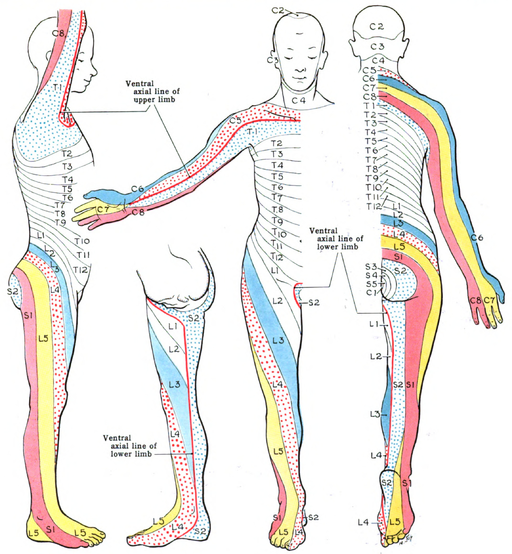Note: C1 doesn’t have a sensory branch For the purpose of making learning easier, we divide the remaining dermatomal segments into 4 groups which will be accompanied by analogies and mnemonics. C2-C4 These supply the “hooded cape” region. C2: hood region abutting the trigeminal distribution C3: upper neck C4: lower…
Tag: Internal medicine
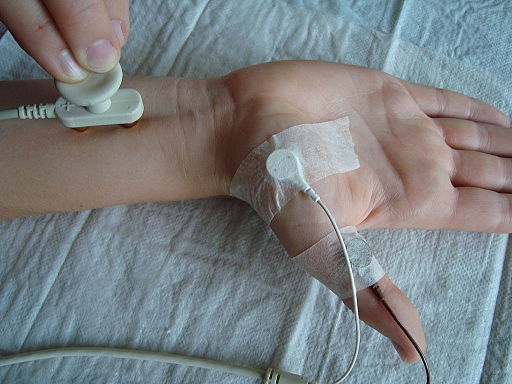
Nerve Conduction Study (NCS) and Electromyography (EMG) : Mnemonic Approach
Nerve Conduction Study (NCS) In the Nerve conduction study, assessment must be done for ABCDEFGH. Action potential Amplitude Measures the height of response in millivolts (mV) for motor nerve and microvolts (μV) for sensory nerve Indicates quantity of axons contributing to action potential Block of conduction CMAP on proximal stimulation…
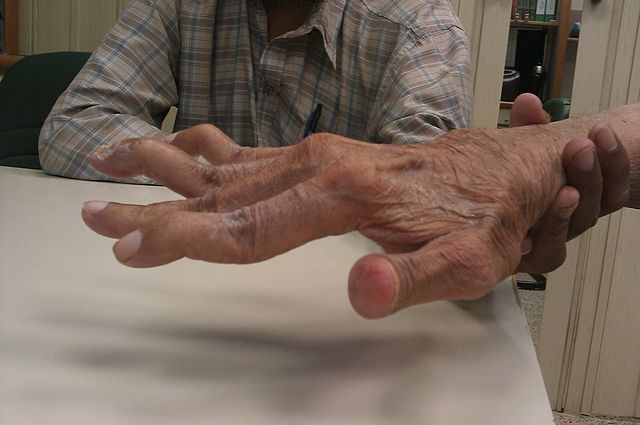
Boutonniere and Swan neck Deformity – Pathophysiology
Understanding of the Boutonniere and Swan neck deformity requires clear concept of the finger extensor apparatus, which has been discussed here. The extrinsic extensor tendons trifurcate giving a central slip which attaches to the middle phalanx base and two lateral slips which join with lateral band (formed by intrinsic muscles…
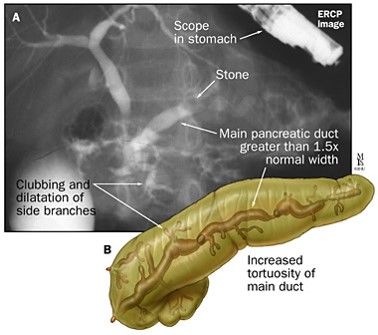
Mnemonic based management of Acute Pancreatitis
Acute pancreatitis along with case based discussion has been already covered earlier here: To remember the initial management of acute pancreatitis, one can remember the mnemonics given below: iPA-NCREAS (Ye et.al.) Investigations: Imaging (CT, MRI or Ultrasonography) Prognostic screen to identify severe pancreatitis Amylase and lipase levels Initial treatment: Nutritional…
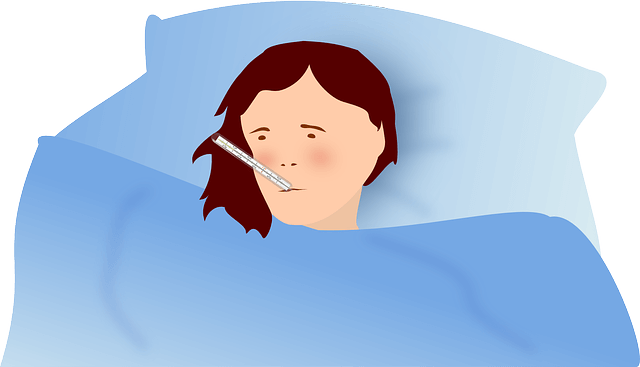
Acute Undifferentiated Febrile Illness – Mnemonic
Acute undifferentiated febrile illnesses (AUFI) are characterised by fever of less than two weeks’ duration without organ-specific symptoms at the onset. Mnemonic MA-ESR lists the five main disease groups that cause acute undifferentiated febrile illnesses a. Malaria: Including all malaria due to Plasmodium falciparum, P vivax, P ovale, P malariae,…

Organophosphorous poisononing : Mnemonic Approach
A. Muscarinic overstimulation: Mnemonic: DUMBBBELS Diarrhea/Diaphoresis Urination Miosis Bronchorrhea Bronchospasm Bradycardia Emesis Lacrimation Salivation B. Nicotininc overstimulation (NMJ and Sympathetic ganglia): Mnemonic: Monday, Tuesday, Wednesday, Thursday, Friday (MTWThF) Mydriasis/Muscle cramps Tachycardia Weakness Twitching Hypertension/Hyperglycemia Fasciculations C. Nicotinic overstimulation in CNS: Mnemonic: Five Cs Confusion Consternation (anxiety) Convulsions Coma CVS and…
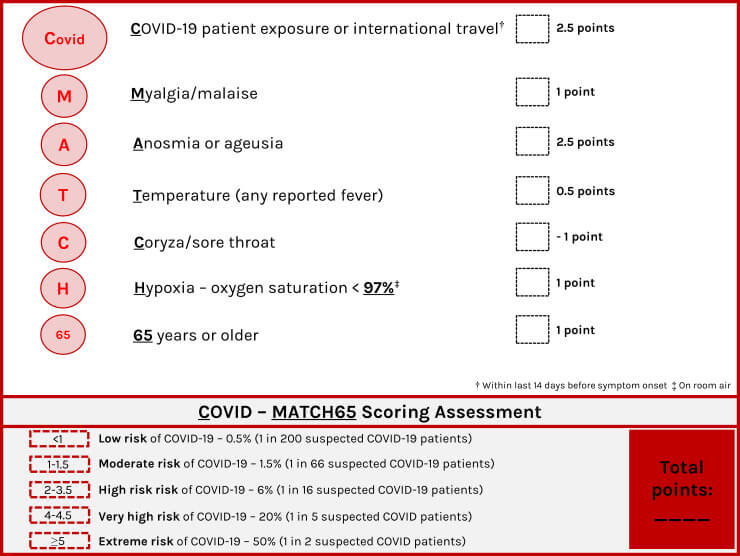
Mnemonic based Clinical Diagnosis of Covid-19
Mnemonic: Covid-MATCH65 Covid-19 patient exposure or international travel: 2.5 points Myalgia/Malaise: 1 point Anosmia or Aguesia: 2.5 points Temperature (any reported fever): 0.5 point Coryza/sore throat: -1 point Hypoxia – oxygen saturation <97%: 1 point 65 years or older: 1 point Scoring assessment: <1 = Low risk (0.5%) 1-1.5 =…
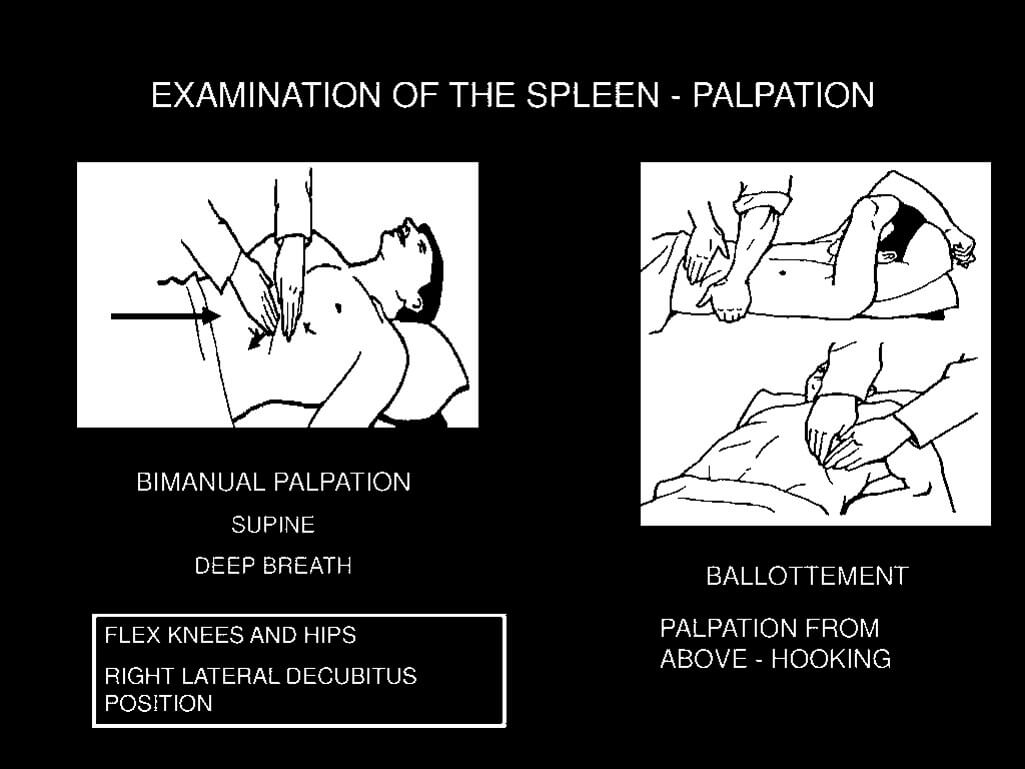
Splenomegaly : Examination techniques and Clinical Approach
ANATOMY OF SPLEEN Histologically: FUNCTIONS OF SPLEEN Spleen is the largest lymphoid organ organ and serves following functions – An increase in these normal functions may result in splenomegaly EXAMINATION OF SPLEEN 1. Palpation: If history suggest splenomegaly but is not palpable: Roll the patient on to the right lateral…
